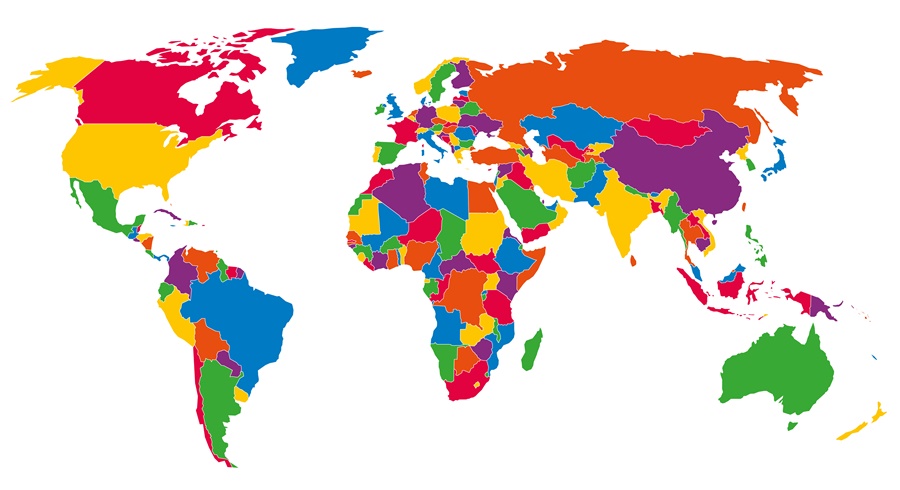
A trademark that is primarily merely a surname is only eligible for registration with the United States Patent and Trademark Office (USPTO) on the Supplemental Register, unless it has acquired distinctiveness or “secondary meaning” in the minds of the purchasing public. A “surname” is also often referred to as a “last name” or “family name.” Some very common examples of surnames include “Smith,” “Johnson,” “Williams,” and “Jones.” However, there are millions of other surnames among the US population, many of which are shared by only a handful of people. As such, it’s not always clear when a trademark would be considered primarily merely a surname.




